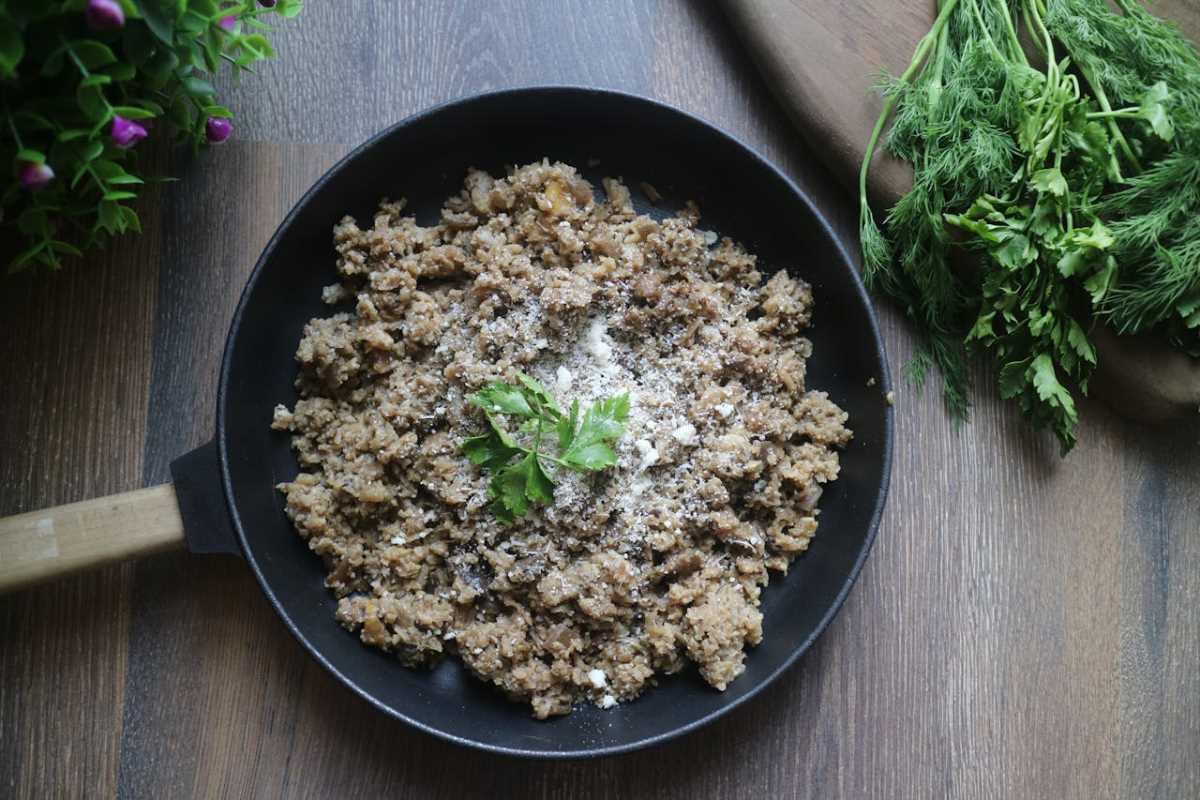For anyone managing Irritable Bowel Syndrome (IBS), making dietary changes can feel like walking a tightrope. Add the complexity of a ketogenic (keto) diet—well-known for its high-fat, low-carb structure—and the balancing act can become even trickier.
Both IBS and keto diets already come with specific rules and potential challenges, so combining the two requires thoughtfulness, preparation, and a good understanding of your body’s unique quirks.
If you're considering the keto diet while dealing with IBS, you may have lots of questions, anxieties, or even doubts. That’s perfectly reasonable. The good news is that managing both is achievable. Below, we’ll dig into exactly how IBS complicates a keto diet, offer practical advice for navigating the overlap, and reassure you that balance is possible.
Understanding IBS and Keto Basics
Before we look at their intersection, it’s worth quickly breaking down what IBS and keto diets involve.
- IBS: This common condition affects how the gut functions, with symptoms including bloating, abdominal pain, diarrhea, constipation, or a mix of both. It often responds to food-related triggers, which vary greatly from person to person. FODMAPs—a group of fermentable carbohydrates present in foods like onions, garlic, and legumes—are common culprits.
- Keto Diet: A ketogenic approach drastically reduces carbs (often to fewer than 50 grams per day) to push the body into ketosis, where it burns fat for fuel. This means focusing on high-fat foods (like oils, nuts, and avocado) and moderate protein, while largely avoiding sugar, grains, and starchy vegetables.
Understanding the mechanisms of each complication is key to figuring out why combining them can be especially challenging.
Complications from Combining IBS and Keto
While a keto diet may seem gut-friendly on the surface, complications arise when overlapping IBS-specific challenges with the structure of a ketogenic plan. Here’s what you need to know:
1. Potential Trigger Foods on Keto
Keto encourages you to consume foods like high-fat dairy, nuts, seeds, and low-carb vegetables such as cauliflower and cabbage. Unfortunately, some of these are notorious IBS triggers. For instance:
- High-fat foods: Fat, particularly saturated fat, can be a trigger for people with IBS, potentially causing symptoms like diarrhea or cramping.
- Certain vegetables: Keto champions low-carb veggies like broccoli, asparagus, and cauliflower, but these can be high in FODMAPs, which trigger symptoms like bloating in many IBS sufferers.
2. The Gut’s Reaction to Keto Adaptation
When switching to a keto diet, it’s common for people to experience digestive discomfort initially, often called the "keto flu." During this period, changes in fiber intake, hydration, and electrolytes can exacerbate IBS symptoms.
Suddenly cutting high-carb, high-fiber foods like whole grains might reduce your total fiber intake, leading to constipation—a common IBS symptom. On the flip side, consuming keto-friendly fibers like psyllium or almond flour might trigger bloating or diarrhea for some.
3. IBS Sensitivity to Artificial Sweeteners
Keto recipes often substitute sugar with alternatives like erythritol, stevia, or monk fruit. However, some sugar alcohols (like erythritol or sorbitol) can ferment in the gut, triggering discomfort for people with IBS.
4. Restrictive Diet Overlap
IBS diets—like low-FODMAP—already involve some level of restriction. Adding keto, which also requires eliminating specific food categories, can result in significant dietary limitations. This can lead to stress, anxiety, and potential nutritional deficiencies, especially when juggling both frameworks at once.
Can the Two Coexist?
While it’s clear that managing IBS on a keto diet involves challenges, it’s not entirely off the table. With careful planning and thoughtful experimentation, you can find ways to make it work. The key? A customized approach tailored to your body’s responses.
Here’s how to set yourself up for success.
Tips for Managing IBS on a Keto Diet
1. Start With a Food Diary
When managing IBS, a food diary is your best friend. Logging meals, symptoms, and specific triggers can help you identify patterns between your keto meals and IBS flare-ups. Do you notice discomfort in response to almond flour or avocado? This type of awareness will help you fine-tune your diet more effectively.
2. Choose Low-FODMAP Keto Foods
Many keto staples are FODMAP-friendly, making this intersection of the diet more manageable. Here are some safe options to focus on:
- Proteins: Chicken, fish, eggs, and firm tofu are both keto and IBS-friendly.
- Low-FODMAP fats: Options like olive oil, coconut oil, and butter or ghee (in small quantities) provide important fats without triggering IBS symptoms.
- Low-FODMAP vegetables: Zucchini, spinach, bell peppers, and green beans are examples of IBS-safe vegetables suitable for keto.
Stick to these safe options while limiting or avoiding potential problem foods like cauliflower, brussels sprouts, or large servings of nuts.
3. Limit High-Fat Meals
Large, fatty meals can be problematic for both IBS and keto beginners. Instead of eating an overly rich dish in one sitting, try smaller, evenly spaced meals throughout the day. Instead of three big meals, opt for four or five smaller ones that include balanced fat and protein portions.
4. Focus on Fiber Balance
Drastically cutting carbs may inadvertently lower your fiber intake, but there are keto-friendly ways to include IBS-safe fiber:
- Ground flaxseeds or chia seeds (small amounts): These can add fiber without overloading your gut.
- Zucchini noodles, spinach, or cucumber: Keto vegetables that contribute gentle amounts of fiber.
If constipation becomes an issue, reevaluating your fiber intake and increasing your water consumption can make a big difference.
5. Hydrate and Supplement Electrolytes
Dehydration and electrolyte imbalances on a keto diet can exacerbate IBS symptoms. Make sure you’re drinking sufficient water and replenishing electrolytes through bone broth, magnesium, or potassium-rich foods like spinach and salmon.
6. Be Careful With Sweeteners
While artificial sweeteners are convenient for keto, they shouldn’t come at the expense of your gut health. Stick to IBS-friendly sweeteners such as stevia or monk fruit, and avoid ones like sorbitol or xylitol, which can worsen IBS symptoms.
7. Simplify Meal Prep
Managing two conditions at once can feel overwhelming, so streamline where you can. Batch-cook simple meals focusing on your safest ingredients. Grilling chicken alongside roasted zucchini with olive oil is both IBS- and keto-friendly with minimal effort.
8. Work with Healthcare Professionals
You don’t have to figure this out alone. Consider consulting with a dietitian, especially one familiar with both IBS and keto requirements. They can help you create a balanced plan that accommodates both.
Starting the Journey
Remember this: it’s okay to approach this process with caution and take time to experiment. Finding the right balance between IBS management and the keto diet might take trial and error, which is completely normal.
It’s also important to focus on flexibility. If something doesn’t feel right—whether it’s a specific food, macronutrient ratio, or the diet itself—it’s okay to adjust. Living with IBS doesn’t mean strict rules dictate every meal, and the same flexibility applies to the keto principles.
 (Image via
(Image via





